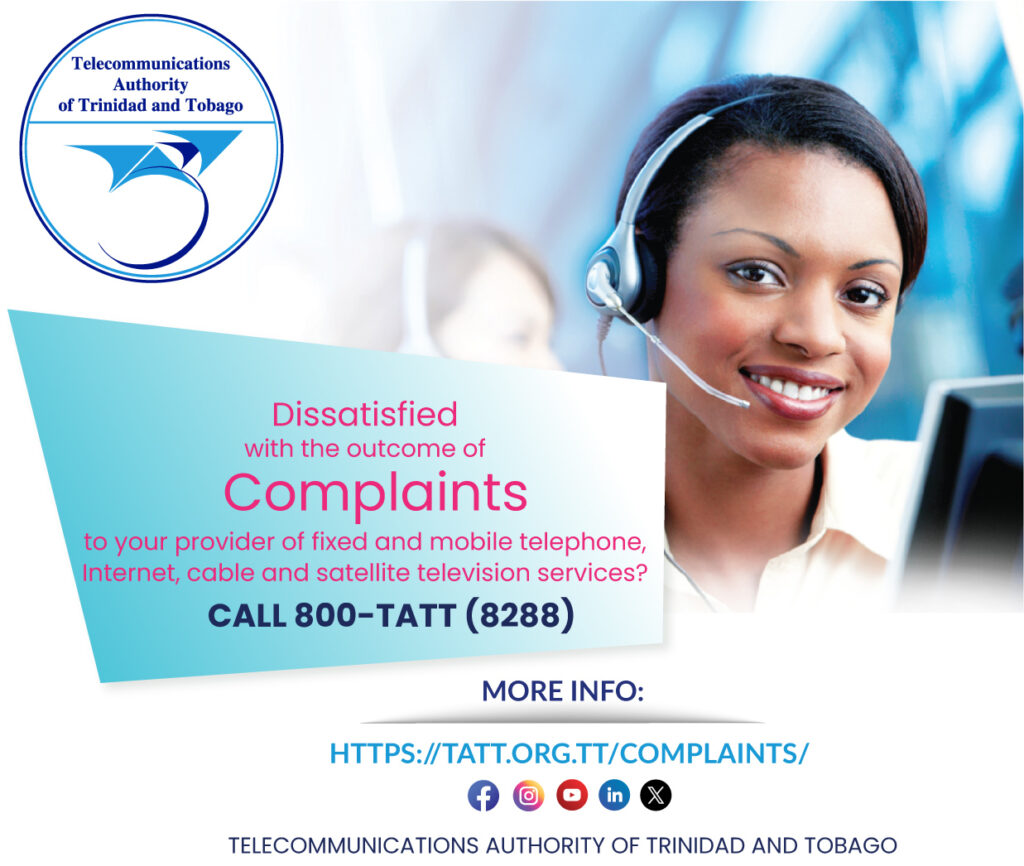By Sue-Ann Wayow
EARLY breast milk feeds, frequent sanitising of hands and appropriate bed spacing are just some of the recommendations being made for the Neonatal Intensive Care Unit (NICU) at the Port of Spain General Hospital.
The recommendations, short, medium and long term, come from Pan American Health Organization (PAHO) following its investigation into the deaths of babies at the hospital, 20 since January 2024, an average of four to eight per month with a notable number of seven deaths recorded between April 2 and April 9 allegedly due to bacterial infection.
PAHO’s concluded and detailed report was laid in Parlaiment on Friday by Health Minister Terrence Deyalsingh who emphasised the strength of the hospital and the public health care system.
The 35-page report also highlighted the need for a laboratory.
The executive summary stated, “Key proposals included the integration of automated systems in the microbiology laboratory for precise and swift microorganism identification and antimicrobial susceptibility testing, emphasizing the need for consistent internal and external quality controls within the laboratory.”
PAHO’s findings were dissected under various headings.
At a national level, PAHO found Infection Prevention and Control Assessment Tool (WHO) (IPCAT) assessment reveals strengths in most of the six areas evaluated. These areas were: Infection Prevention and Control Program (IPCP), Infection Prevention and Control Guidelines, Education and Training in PCI, Surveillance of HCAI, Multimodal Strategies and Monitoring and auditing of PCI practices, feedback and control activities.
However, there is room for improvement in: Development, dissemination, and implementation of national technical guidelines and information is analyzed and timely feedback provided to all relevant stakeholders. Addressing these areas is essential to enhance the effectiveness of the Infection Prevention and Control (IPC) programme at the national level, PAHO stated.
At the hospital level, compliance with IPC assessment varied from 29% to 80%.
Under this heading PAHO mentioned several measures were not being adhered to and goals were not monitored and evaluated annually by hospital management.
For epidemiological surveillance of infection data lacked concerning blood stream infections.
In microbiology, PAHO revealed that identification of aerobic bacteria species level in blood culture is not performed as well as external performance evaluation is not performed and Internal quality assessment.
The investigation found that the hospital also lacked in its Prevention & Control strategies and for Hospital Environment & Sanitation use of alcohol-based hand rub from hands-free dispensers is not being done and there was not appropriate bed spacing (at least 1m between beds).

The subheading Neonatal ICU had details of the most inconsistencies and the most recommendations.
They are:
- Inadequate ratio of nursing professionals to patient ratio is present consistently.
- Early breast milk feeds are not being instituted.
- Policies and procedures for use of multidose medications on NICU need to be developed.
- NICU unit dose medications are not prepared in sterile conditions by pharmacy.
*Recommendation: Sterile unit dose preparation of all NICU medications by pharmacy must be done.
- There are no polices nor procedures for high level disinfection for equipment such as laryngoscopes.
*Recommendation: Policies and procedures for high level disinfection e.g. laryngoscopes must be developed.
- Limited hands-free alcohol-based hand rub dispensers in NICU.
*Recommendation: More accessible hands-free alcohol-based hand rub dispensers need to be installed on NICU.
- Lack of implementation of timely contact precautions for patients affected by MDROs (Multiple Drug Resustance Organism).
*Recommendation: Contact precautions for patients harboring MDROs must be promptly instituted.
- Breaches in personal protective equipment (PPE) protocols observed in the NICU, indicating a need for improved compliance monitoring and training.
*Recommendation: Compliance monitoring of donning & doffing procedures for PPE and contact precautions on NICU using the WHO tool should be done.
- Use of multi-dose saline vials was observed which could lead to an increased risk of infections among patients.
*Recommendation: Use of single-dose saline vials only must be done.
- Infections at surgical and procedural sites were linked to inconsistent or inadequate skin preparation practices, suggesting a need for standardized, prepackaged 2% chlorhexidine solutions to ensure effective antisepsis.
*Recommendation: Use of pre-packaged 2% chlorhexidine skin preparation for preoperative skin prep, NICU procedures, and for caesarean sections must be done.
- Skin irritation and adverse reactions were frequently noted in neonates following the use of chlorhexidine baths, indicating a need for gentler, pH-neutral or mildly acidic cleansers
*Recommendation: Use individual pH neutral/mildly acidic gentle cleansers for neonates, discontinue chlorhexidine baths.
- Preparation, storage and use of agents for used for skin prep prior to procedures is done in the pharmacy under unsatisfactory circumstances.
PAHO also stated that follow up actions needed to be carried out.
The report states, “There is a need for ongoing monitoring and analysis of the antibiogram and pathogens identified in blood cultures spanning from January to April 2024. This will help in assessing the effectiveness of current treatments and the prevalence of MDROs. There are some inconsistencies in the antibiogram which could be solved by improving the internal quality control and training all the lab personnel.”
A follow-up meeting is also being proposed to be held three months after the review to discuss the progress made in implementing the recommendations and the integration of hospital IPC policies and procedures into the national action plan and a further visit in six months.
According to PAHO, the in-country review was conducted over a period of five days, utilizing a comprehensive approach that included both on-site visits and assessments of IPC practices, and the application of the WHO IPCAT at national level.
The methodology employed a blend of standardised tools, direct observations, and extensive interviews with key stakeholders. Participants in these discussions included healthcare workers, as well as personnel from the laboratory and pharmacy departments. The review period also featured briefings and a final debriefing session with both hospital management and national health authorities.
![]()













